Birthplace of Yeongnang (강진영랑생가)
15.0Km 2019-08-10
15, Yeongnangsaengga-gil, Gangjin-gun, Jeollanam-do
+82-61-430-3185
Kim Yun-sik was born on this site on January 16, 1903 as the first-born of two sons and three daughters. Under the pen name Yeongnang, he was active in literature until his death on September 29, 1950. Among the 80 poems he published, more than 60 were written in this place where he lived a life resisting Japanese imperialism and refusing to change his name to a Japanese name. After he moved to Seoul in 1948, his birthplace was resold several times, but the county of Gangjin-gun bought it in 1985 to restore it to its original state with a thatched-roof. The site features many of the poet’s writing materials and the site has a small well, camellia trees, jangdokdae (a platform where large clay pots used for storing food are kept), persimmon trees, and a peony garden.
Dongmun Maebanga (동문매반가)
15.5Km 2024-01-11
27 Sauijae-gil, Gangjin-eup, Gangjin-gun, Jeollanam-do
Dongmun Maebanga is where Dasan Jeong Yak-yong, a representative civil servant of the Joseon dynasty and a Silhak scholar, stayed after being exiled to Gangjin. It now operates as a restaurant that serves the curled mallow soybean paste soup he enjoyed. It is right across from Sauijae House, where Dasan lived and devoted himself to education and academic research, so it is recommended to look around before going for a meal. Its signature menu is “Dasan Set Menu,” which comes with the curled mallow soybean paste soup and pan-fried battered clams. Other dishes such as braised red stingray, sea snail salad, and spicy stir-fried marinated pork are all plentiful and delicious.
Yehyang (예향)
15.5Km 2024-02-19
11-1 Boeun-ro 3-gil, Gangjin-eup, Gangjin-gun, Jeollanam-do
061-433-5777
Yehyang is a traditional Korean table d'hote restaurant that originated in 1930 on Yeongrang-ro in Gangjin. They offer set menus such as ye jeongsik, hyang jeongsik, and surasang, all served based on a portion size for four people. Using natural ingredients, they provide healthy and flavorful meals with dishes like hongeo samhap (skate, pork, and kimchi combo), tteokgalbi (grilled galbi patties), and bori gulbi (barley-aged dried yellow croaker).
Bohae Plum Farm (보해매실농원)
15.6Km 2020-02-06
125-89, Yedeok-gil, Haenam-gun, Jeollanam-do
+82-61-532-4959
Established in 1979 in Haenam, Jeollanam-do by the Bohae Brewery, Bohae Plum Farm (Bohae Maesil Nongwon) is the largest green plum farm in Korea. Every spring, as maehwa (apricot flower) blossoms begin to bloom on maesil (green plum) trees, the brewery opens the farm to the public, providing an opportunity to enjoy the beautiful blossoms, and also to purchase fresh plums. To this day, the brewery produces and sells various maesil products made with the plums harvested from the farm.
Tracksite of Dinosaurs, Pterosaurs, and Birds in Uhang-ri (우항리 공룡화석자연사유적지)
16.8Km 2021-06-01
234, Gongnyongbangmulgwan-gil, Haenam-gun, Jeollanam-do
+82-61-530-5324
The Tracksite of Dinosaurs, Pterosaurs, and Birds in Uhang-ri is where the world's most intricate fossil footprints of dinosaurs and birds were discovered. The track site was designated as a Natural Monument for its significance and serves as an educational site for studying earth science and dinosaurs from the Cretaceous period. There is a museum that has on display 447 materials related to fossils, including actual fossil pieces of an Allosaurus, along with exhibitions dedicated to giant dinosaurs, sea reptile, and birds.
Haenam Uhangri Dinosaur Museum (해남공룡박물관)
16.8Km 2021-01-14
234, Gongnyongbangmulgwan-gil, Haenam-gun, Jeollanam-do
+82-61-530-5949
Following the discovery of a dinosaur footprint within the region in 1992, Haenam Uhangri Dinosaur Museum was founded to promote the area's significance as a fossil site. The museum provides materials and exhibitions related to dinosaurs as well as Ulhang-ri as a natural heritage site.
Gangjin Goryeo Celadon Museum (강진 고려청자박물관)
17.1Km 2024-02-02
33, Cheongjachon-gil, Gangjin-gun, Jeollanam-do
+82-61-430-3755
Goryeo Celadon Museum was established to preserve and promote Gangjin celadon, as well as foster knowledge and creativity in regards to celedon in the next generation. The exhibition halls feature smart pads and audio explanations, combining modern technology with ancient relics for better understanding. This museum is considered to be an informative historic site to get knowledge of Goryeo Celadon through the past, present and future.
Haenam Dinosaur Festival (해남 공룡대축제)
17.1Km 2025-04-24
234 Gongnyongbangmulgwan-gil, Hwangsan-myeon, Haenam-gun, Jeollanam-do
+82-61-530-5157
The Haenam Dinosaur Festival, held at Haenam Uhangri Dinosaur Museum, is an annual family-friendly festival celebrating Children’s Day.
Gangjin Celadon Festival (강진청자축제)
17.2Km 2024-02-16
45 Cheongjachon-gil, Daegu-myeon, Gangjin-gun, Jeollanam-do
+82-61-430-3354
The Gangjin Celadon Festival is held in the area that was the center of the Korean celadon culture for over 500 years. The festival offers diverse first-hand experiences for visitors to learn more about this historical cultural asset that was both useful and aesthetically pleasing.
Gangjin Goryeo Celadon Kiln Site (강진 고려청자 요지)
17.2Km 2022-12-29
Sadang-ri, Gangjin-gun, Jeollanam-do
+82-61-430-3755
Daegu-myeon of Gangjin-gun was the primary site of Goryeo dynasty celadon production between the 9th and the 14th centuries. Covering approximately 150 acres of land in nine villages, the area has been designated as the National Historical Site since 1963, and continues to protect its 180 fire kilns and maintain the sophisticated art of celadon production. Meanwhile, celadons produced in this area have also been designated as national treasure, and regarded highly worldwide for their artistic value, so much so that some are preserved in the Louvre Museum in France.
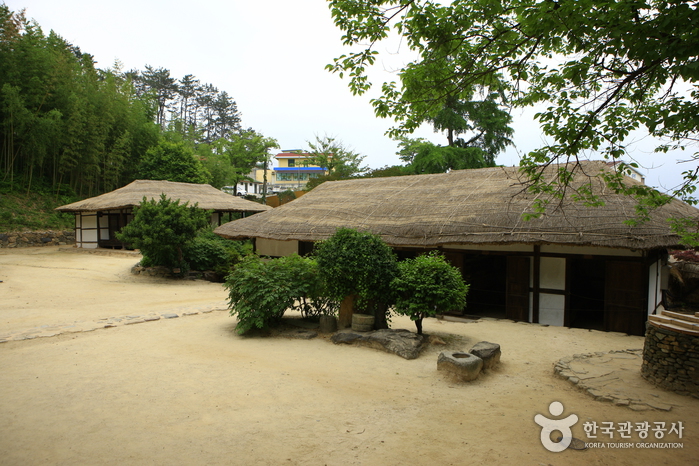
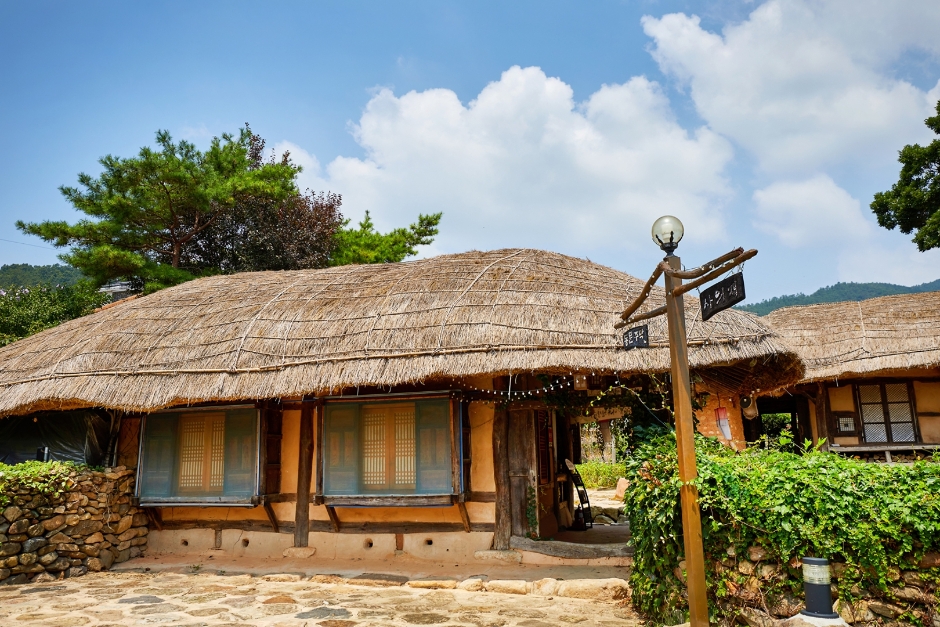

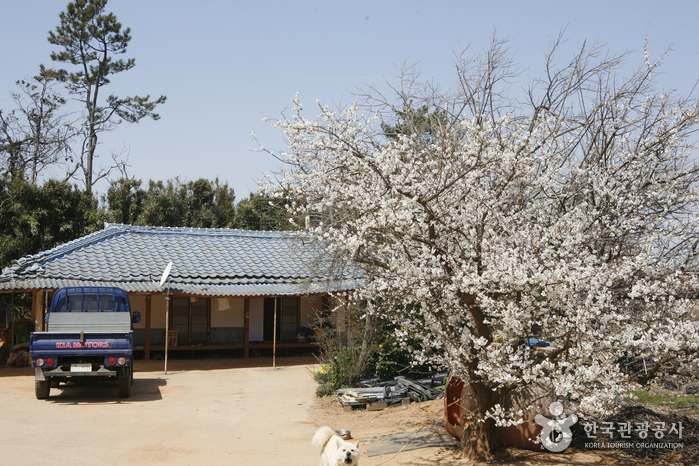
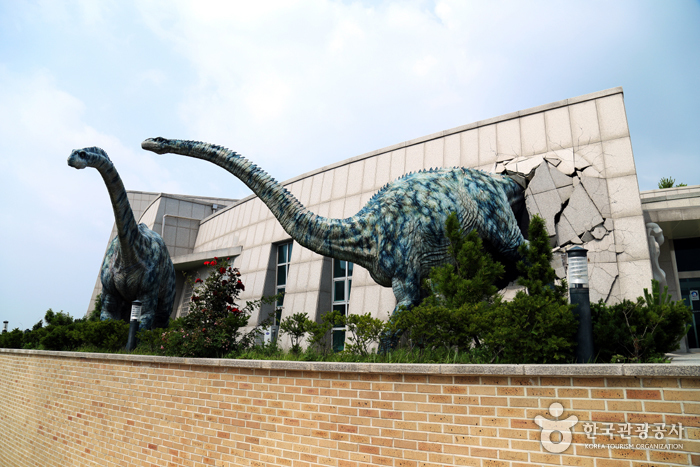

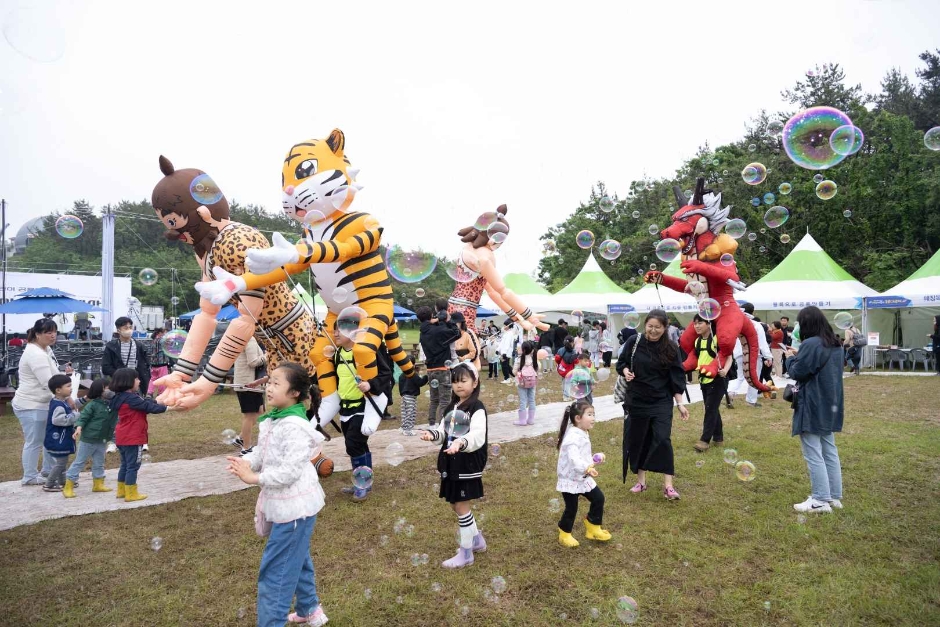
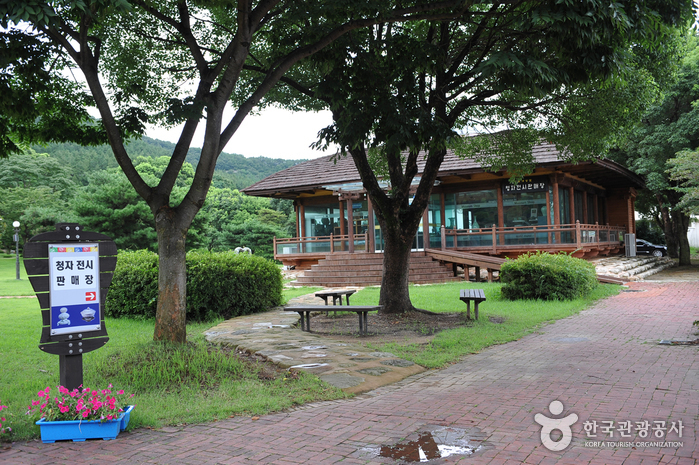
 English
English
 한국어
한국어 日本語
日本語 中文(简体)
中文(简体) Deutsch
Deutsch Français
Français Español
Español Русский
Русский